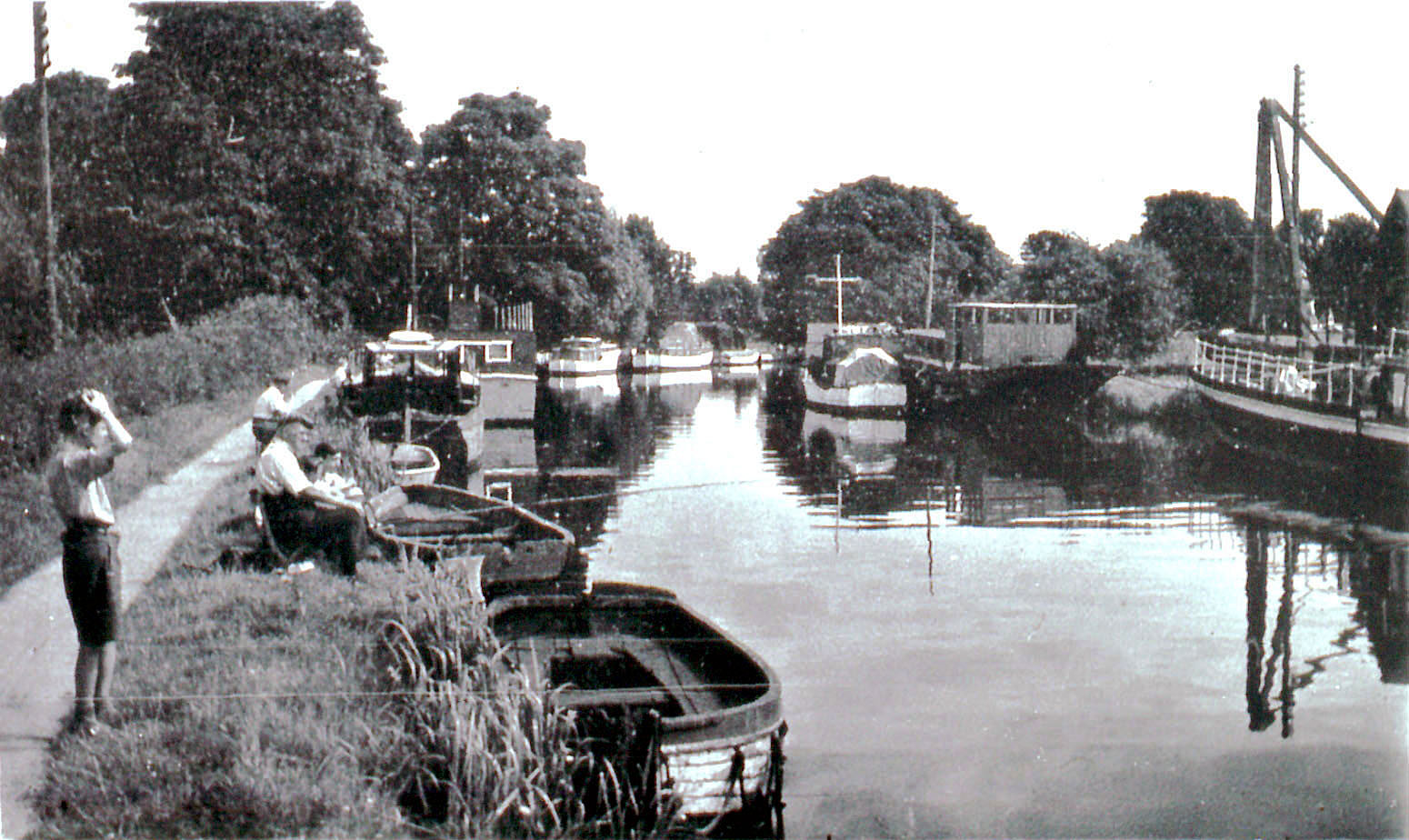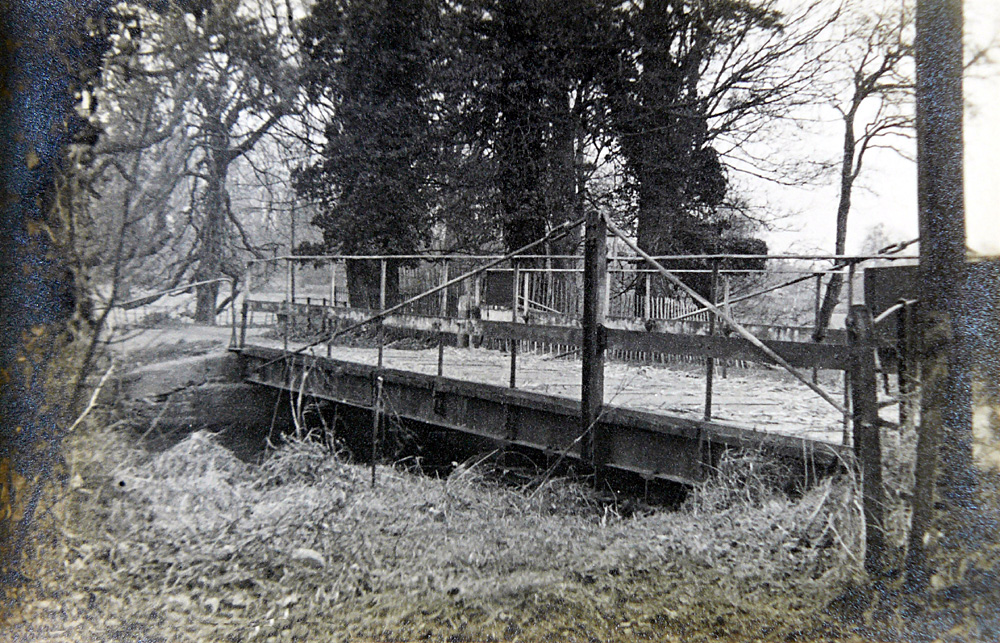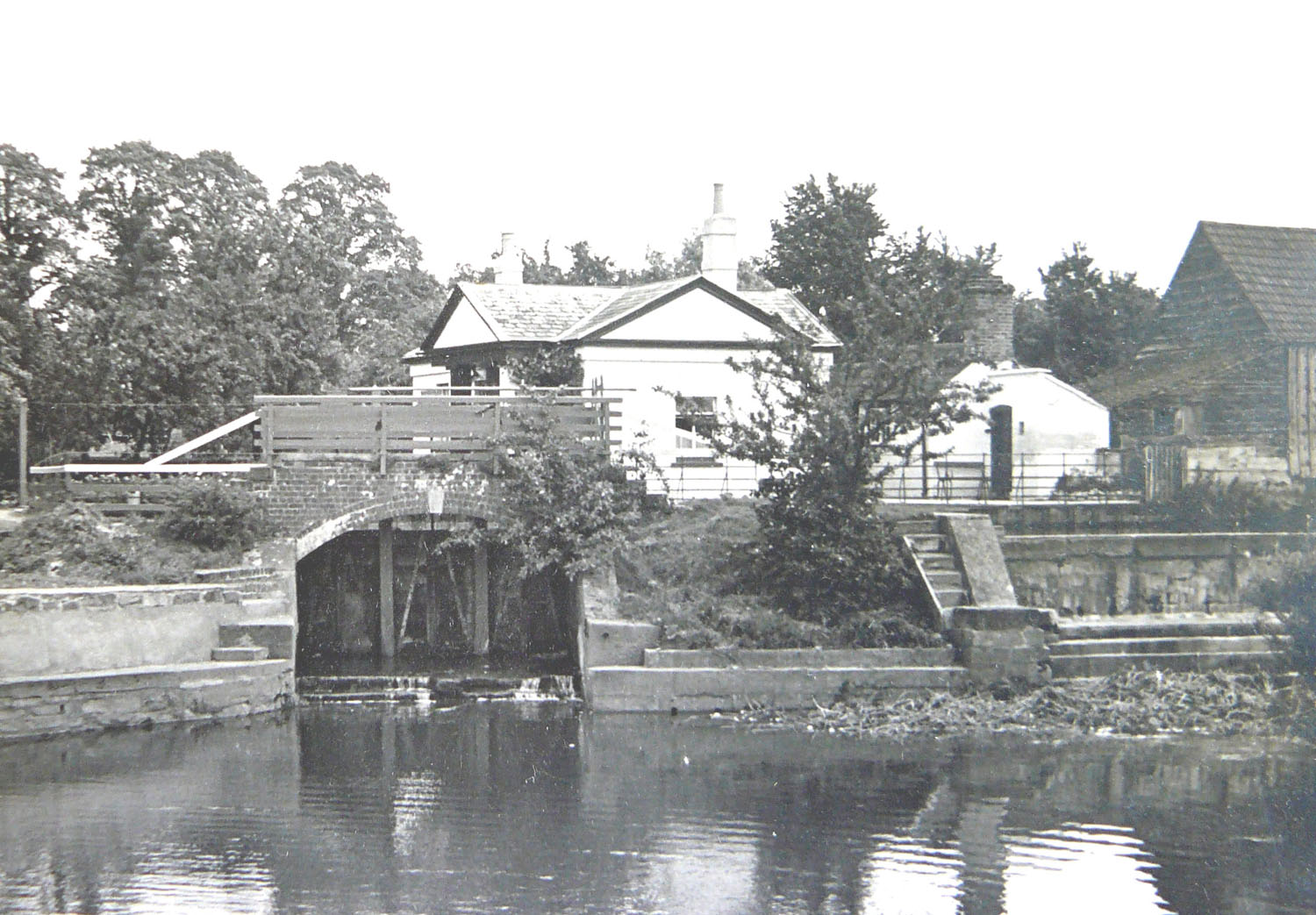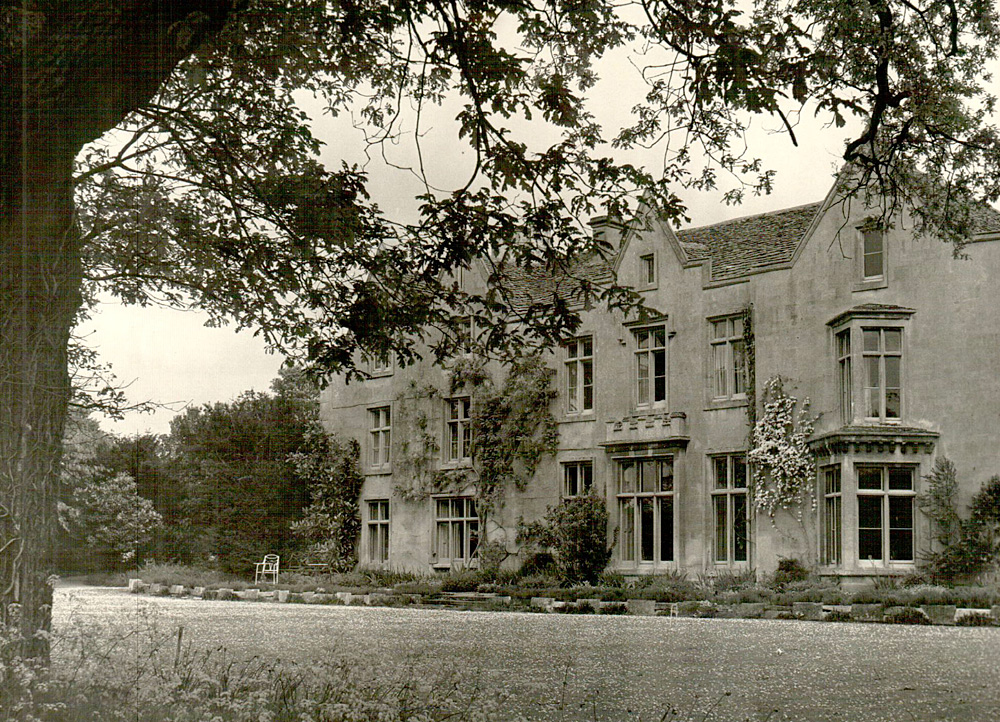

This pound south-east from Saul Junction is exceptionally wide, having embankments built either side of the original canal in the 1820s when the water level needed to be raised to form the junction with the Gloucester ship canal.
As traffic on the Stroudwater Canal died out in the mid twentieth century, the pound became a useful mooring site for leisure craft that were primarily using the ship canal. This practice continued after the Stroudwater was formally closed in 1954, as the pound was purchased and maintained by British Waterways (now Canal & River Trust) because it was an important water feeder to their ship canal.


This bridge takes its name from nearby Walk Farm, remembering the walkers (fullers) who once helped to produce woollen cloth at nearby Whitminster Mill.
The form of this bridge has been much influenced by the changing needs of the nearby Gloucester ship canal. The original hump back brick bridge was raised about five feet in the 1820s to suit the junction with the Gloucester ship canal, and there were two designs of swing-bridge before the one illustrated, which was installed in 1926.
In the 1950s, the need to upgrade the strength of canal bridges carrying county roads was a major issue in promoting the closure of the canal, and soon after the Act of closure was passed in 1954, the local highways authority replaced the swing bridge with the current low level fixed concrete structure. The present restoration project is planning to replace this.


East of Walk Bridge is the site of Whitminster Mill, which in the late eighteenth century was used for paper making. It had enhanced power because the river above it was embanked well above the valley floor. When the Stroudwater Canal was built alongside the river, its level was chosen such that it could receive a feed from the raised river.
After the Gloucester ship canal opened in 1827, a growing need for water to feed that canal led to a dispute, with some violence, which was only settled by the Gloucester company obtaining a new Act of Parliament in 1834. This authorised the company to buy the water rights of Whitminster and Framilode Mills, and both were closed down. For more details, go to Battle of Whitminster Weir.
The mill building was replaced with a cottage for the weir-keeper that became the prototype for the bridge keeper’s cottages on the Gloucester canal.


A drive leaving the road at Walk Bridge is a permissive path to the parish church passing Whitminster House.
For a few years in the 18th century, the house was home to the poet Richard Owen Cambridge who made big improvements to his estate, helped by using barges on the River Frome. He later moved to Twickenham where he mixed with other poets such as Alexander Pope and Jonathan Swift.
For details about Walk Bridge, search this site for 'walk'.
For history of Whitminster Mill, visit https://www.british-history.ac.uk/vch/glos/vol10/pp294-296.